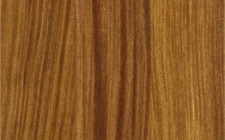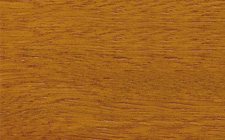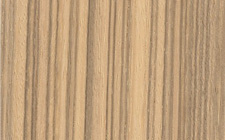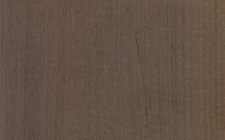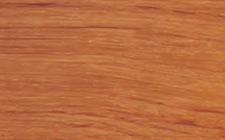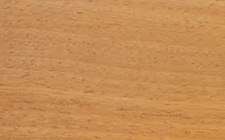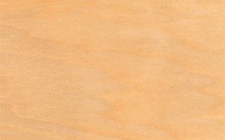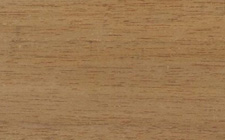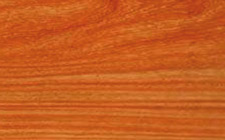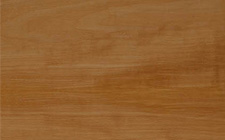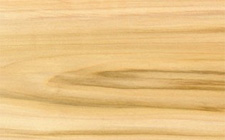Chestnut
Botanical name
Castanea sativa
Origin
Europa
Other names
Edelkastanie, Castano, Castagno, Sweet Chestnut, Kastanienbaum, Chataignier

WOOD DESCRIPTION
| Color: |
light yellow |
| Sapwood: |
clearly demarcated |
| Texture: |
medium |
| Grain: |
straight |
| Interlocked grain: |
absent |
| Note: |
Light yellow wood to yellowish brown. |
PHYSICAL, MECHANICAL AND ACOUSTIC PROPERTIES
|
(*: at 12% moisture content, with 1 MPa = 1 N/mm²) Musical quality factor: 95,8 measured at 2546 Hz |
||||||||||||||||||||||||||||||||||||||||
NATURAL DURABILITY AND TREATABILITY
| Funghi (according to E.N. standards): |
class 2 - durable |
| Dry wood borers: |
durable - sapwood demarcated (risk limited to sapwood) |
| Termites (according to E.N. standards): |
class M - moderately durable |
| Treatability (according to E.N. standards): |
class 4 - not permeable |
| Use class ensured by natural durability: |
class 3 - not in ground contact, outside |
| Species covering the use class 5: |
No |
| Note: |
This species is listed in the European standard NF EN 350-2. Durability is linked to the presence of water soluble tanins. It decreases with tanins washing in case of harsh exposition. According to the European standard NF EN 335, performance length might be modified by the intensity of end-use exposition. |
SAWING, MACHINING AND ASSEMBLING
| Blunting effect: |
normal |
| Sawteeth recommended: |
ordinary or alloy steel |
| Cutting tools: |
ordinary |
| Peeling: |
good |
| Slicing: |
nood |
| Note: | wood easy to split (manufacturing of split shingles) |
| Nailing / screwing: |
good but pre-boring necessary |
| Gluing: |
correct |
| Note: |
Must be carefull for nailing and screwing because of the wood's great tendency to split (small nail diameter, no nail near the ends and need for pre-holes in case of screwing). Nail or screw corrosion if in contact with humidity |



